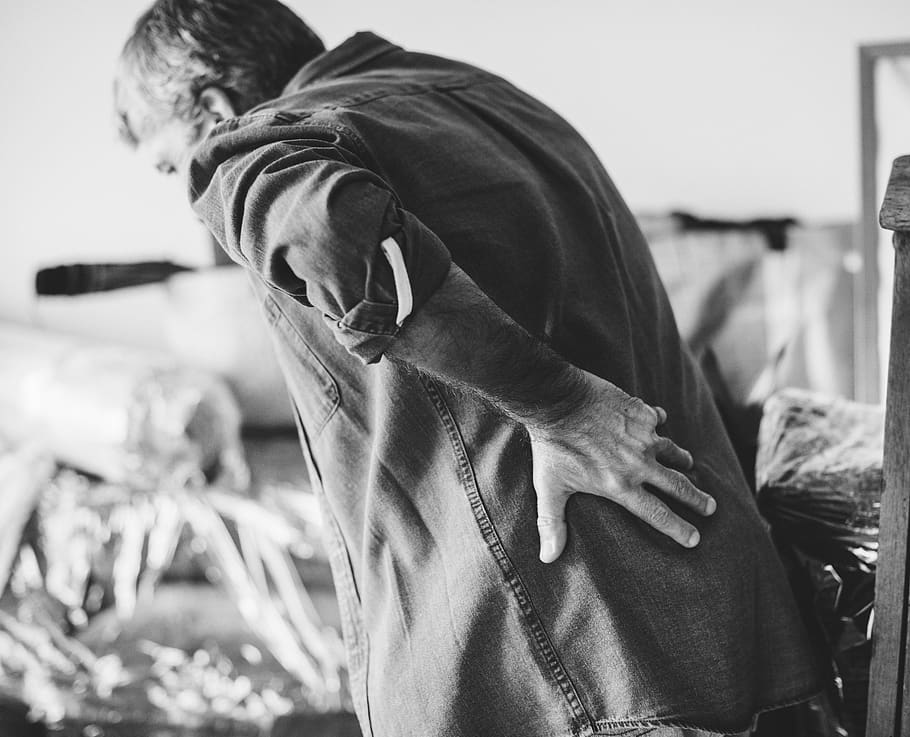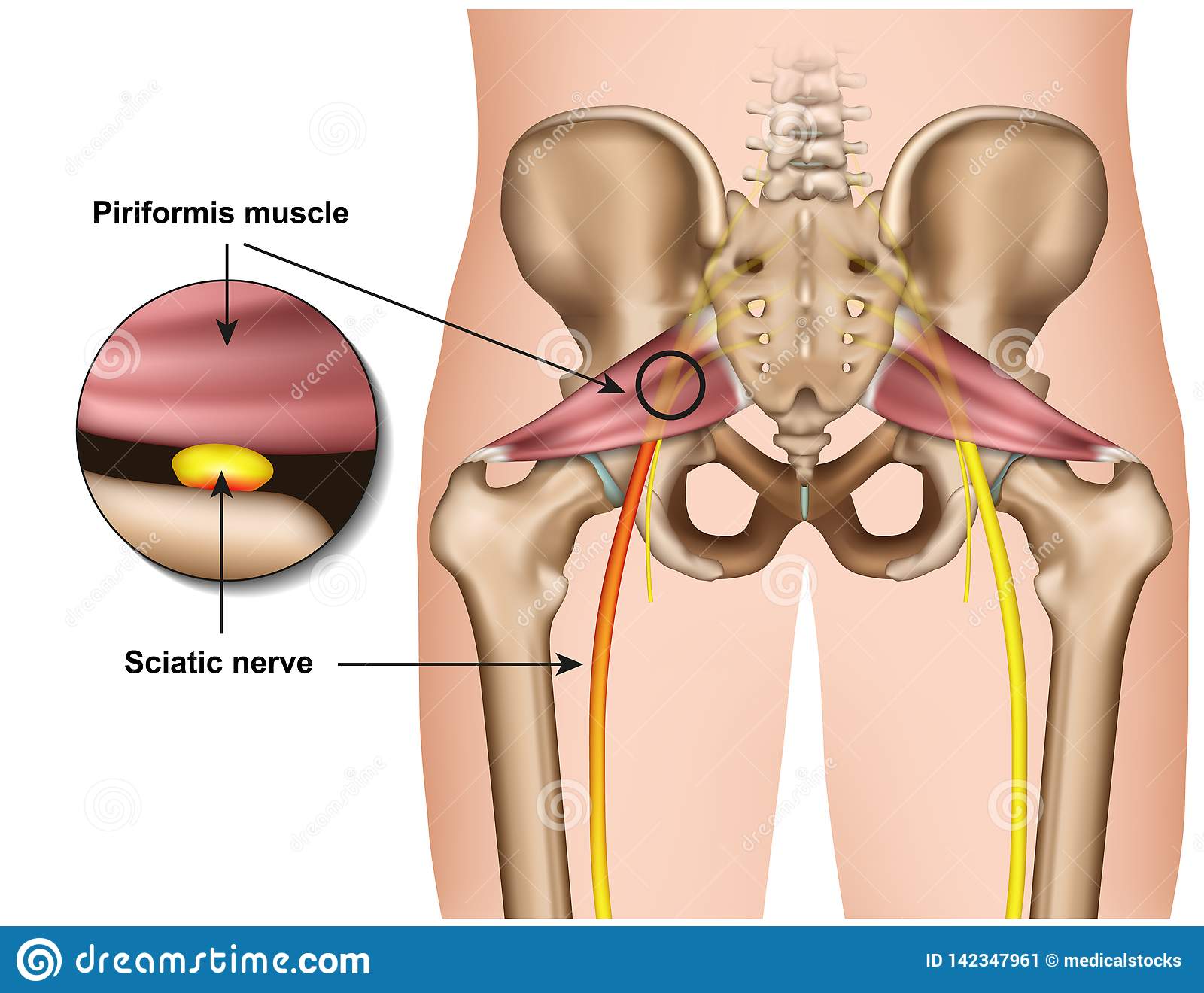
By David Greenwood, Published on January 5th, 2022
An unpleasant pain runs through the lumbar region. Many now think it's the intervertebral disc. But often there is a completely different cause behind it.
Men with a thick wallet are more likely to be affected. If they carry it in their back pocket, they sit crooked. The unpleasant side effect: a painful pulling sensation in the buttock that radiates down the leg. "Sure, the sciatica," many then think.
But unlike classic sciatic pain, the problems do not originate in the spine, but in the inconspicuous piriformis muscle. Very few people know of its existence until it becomes painfully noticeable at some point.
Piriformis Muscle: Close To The Sciatic Nerve
The muscle thick as a finger is responsible for the external rotation of the hip joint. It is located below the gluteal muscles and extends from the bone to the upper edge of the femur. In this way, it passes through an opening in the pelvic bone, very close to the sciatic nerve, and usually comes out of the pelvis below the sciatic nerve.
Approaches that are too close can have unpleasant consequences: when one side is overloaded, the muscles will cramp, swell, compress and squeeze the nerves. Then, this so-called piriformis syndrome can cause symptoms similar to a herniated disc. The gluteal muscles above the piriformis can sometimes cause sciatica-like symptoms.
Complaints like herniated disc
These include tingling or pulling pain in the buttocks that may radiate to the mid-back of the thigh. Numbness and tingling in the toes may also occur. Or the pain in the lumbar region worsens with prolonged sitting.
Far too often, such complaints are blamed on the intervertebral discs and those affected are then treated incorrectly, sometimes even operated on unnecessarily. "Yet sciatica complaints have muscular causes in many sufferers," doctors say. Experts refer to this condition as pseudosciatica.
When the piriformis muscle presses on the sciatic nerve
Yet a proper examination could avoid superfluous treatment. At least in slim people, the piriformis muscle can be palpated on the back of the buttocks. Movement tests and simple neurological examinations also help.
An important indication: pain when the leg is stretched and turned outward against resistance or when the hip is flexed. While the pain from a herniated disc can radiate down to the toes, with piriformis syndrome you usually only feel the sciatica as far as the thigh.

Avoid One-Sided Loads
Sitting for long periods in the car or at the computer is just as unhealthy for the muscle as one-sided overloading through prolonged forward bending or lifting heavy objects. Those who jog frequently are also more likely to risk painful piriformis syndrome - especially if they have anatomical peculiarities such as legs of different lengths or a shifted leg axis. The problem can even be exacerbated by bad running shoes.
Targeted Stretching Exercises Help
Targeted stretching exercises loosen the tense muscles. Those affected have to become active themselves. Manual therapy also involves sensing and working on painful "trigger points." These are individual shortened muscle fibers that can be felt as hardened nodules.
Emily Lark, gym owner, yoga instructor and Pilates instructor offers her very helpful class for one low price.
The Erase my Back Pain - Back to Life program is an exclusive stretching program that includes simple stretches to banish back pain. This Back to Life Erase my back pain is a simple 30 second stretch by Emily Lark designed to unlock your body's natural health and alignment.
Is it possible to prevent?
It is advisable not to put off therapy for too long. The sooner the symptoms are treated, the sooner they will disappear. Especially if you can't eliminate the cause, there is a risk that the pain will become chronic. Stretching exercises and muscle training prevent permanent problems.
It is important to do sport that balances out the stresses of everyday life: those who sit all day should run or swim in the evening. Frequent sitters are advised to change position more often and stand up regularly. And above all, to take your wallet out of your pants.


